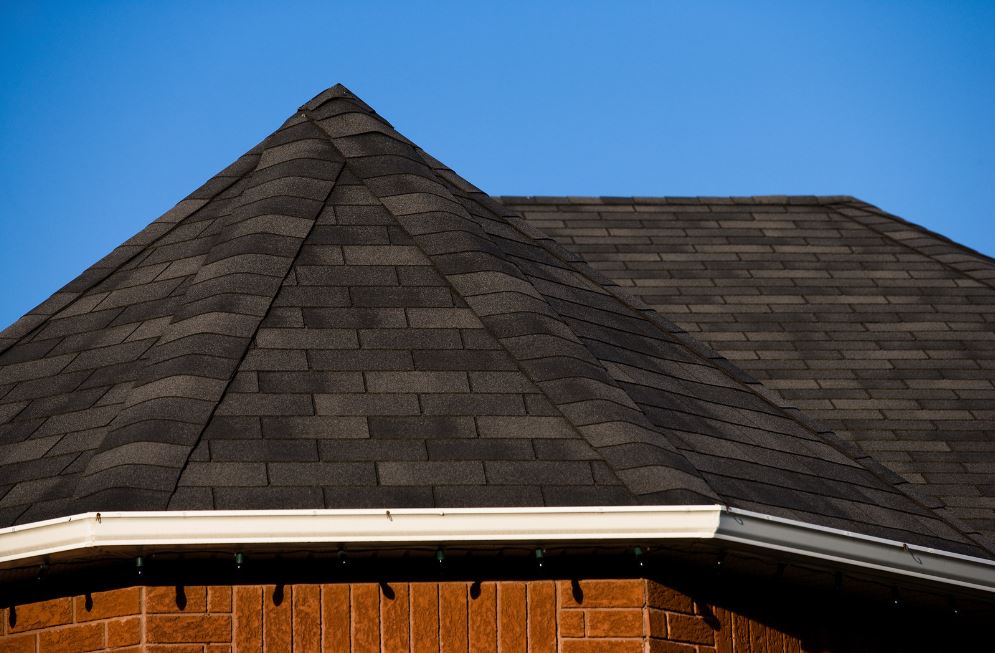While the way a roof is sloped may not seem very important, it is a key measurement of determining a home’s ability to sustain certain weather conditions. Roof pitch is the method contractors use to measure the steepness and angles of a roof. At Davidoff Roofing, we help property owners make informed decisions, and knowing the roof pitch of your home is crucial.
What is a Roof Pitch?
Roof pitch refers to a roof’s steepness calculated from the peak to the gutters. In construction, roof pitch is determined by a standard calculation based on one inch against every foot. For example, a roof pitch might be written down as an equation such as 4/12. This translates to a 4-inch drop over 12 horizontal inches.
Professionals typically install roofs that range from a low-slope structure to an extremely steep structure. Weather conditions largely determine roof pitches, and local building codes may reflect the need for minimum roof pitches on residential houses.
Why is Roof Pitch Important?
The primary reason the pitch of a given home or commercial building is important revolves around safety. Low-slope or flat roofs may not always be appropriate in areas that experience heavy rains or snowfall. Ice and snow are more likely to build up and add weight to a lower sloped roof than one at a significant angle. Water damage or aging rafters may not be able to support heavy loads. Before building codes mandated minimum safety standards, tragic and avoidable roof collapses occurred.
Different Types of Roof Pitch
Roofing contractors generally view pitches as either high or low. The different types of roof pitches available for homes usually depend on the weather conditions in the area. A snowstorm or full-blown blizzard calls for a roof that possesses a steep enough angle to prevent flakes from mounding up and overwhelming structural supports. For residential roofs in London, Ontario, a high-pitch roof is best. The steeper the pitch, the better the roofing systems can work with gravity to get snow to slide off. However, roofs with that level of steepness cannot be walked on safely and require professionals to make minor repairs.
Low-slope roofs are more common in commercial, industrial, and institutional buildings with heavy support infrastructure. Commercial roofs with low pitches can sometimes be walked across and are usually easier to repair following severe weather events such as high winds and hailstorms.
Work with Professional Roofers to Select the Roof Pitch for Your Property
If you are building a home or plan to replace an aging roof, it’s essential to discuss roof pitch and the appropriate materials with an experienced contractor. Helping property owners understand and install the right roof for your home or commercial building is our passion. We’ve served London and the surrounding area for 40 years and are certified installers. Reach out to us today to speak with our professionals about what roof pitch is best for your property.
